Why far-right extremists co-opt Norse symbolism
Payton Gendron’s hate-filled manifesto included Norse symbolism appropriated by the Nazi Party
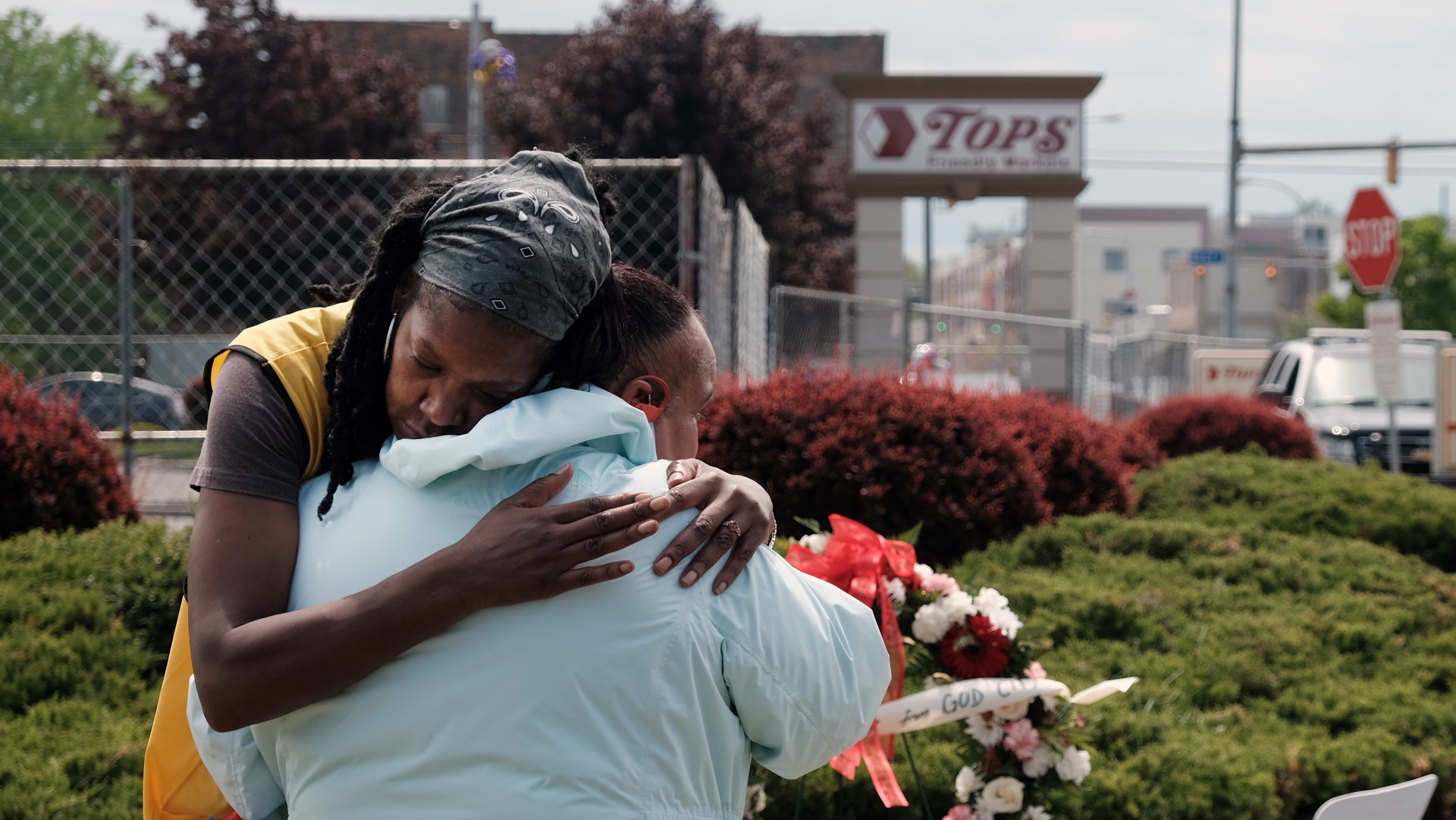
Tom Birkett, a lecturer in Old English at University College Cork, on the origins of 21st-century swastikas
Payton Gendron, the suspect in the killing of ten people in a grocery store in Buffalo, New York, is the latest far-right extremist to allegedly murder defenceless people in the name of white supremacy. His hate-filled manifesto is full of baffling contradictions, vile stereotypes, unhinged conspiracy theories and, predictably, Norse symbolism.
Gendron ended his manifesto with the contradictory message: “God bless you all and I hope to see you in Valhalla.” This follows the lead of the terrorist who attacked a summer camp in Utøya, Norway, who named his guns after the weapons of the Norse gods. Even more recently, the shooter who attacked two mosques in Christchurch, New Zealand bookended his manifesto with references to Norse culture.
The Week
Escape your echo chamber. Get the facts behind the news, plus analysis from multiple perspectives.

Sign up for The Week's Free Newsletters
From our morning news briefing to a weekly Good News Newsletter, get the best of The Week delivered directly to your inbox.
From our morning news briefing to a weekly Good News Newsletter, get the best of The Week delivered directly to your inbox.
In pre-Christian Norse belief, Valhalla is the hall where those who die heroically are taken to prepare for Ragnarök, the battle at the world’s end, under the watchful eye of the god Odin. Dying heroically, according to most Norse sources, means having fought bravely in battle. There is no mention that massacring unarmed civilians earns you a seat at the table. According to Norse tradition, Gendron is more likely destined for Náströnd (Corpse Shore): an area of the underworld reserved for cowardly murderers to wade rivers of poison until the end of the world.
Neo-Nazis have never been particularly good at reading the medieval sources they are so drawn towards. They find what they want to find in Norse myth –- violence, ruthlessness, an existential war that will lead to the rebirth of a new world -– and they read no deeper. Gendron probably didn’t read beyond the Christchurch terrorist’s manifesto, which makes a very similar contradictory reference to both the Christian god and Valhalla.
The appeal of Norse symbolism
Norse symbolism has long appealed to the far right. The architects of Nazism in the 1930s erroneously viewed Norse mythology preserved in Iceland as a repository of “Germanic” culture and values that had been forcibly erased elsewhere, including by the influence of Christianity. They found support for their aggression in stories about a necessary war and plundered pre-Christian imagery for the iconography of the Third Reich.
Gendron’s manifesto also borrows heavily from the iconography used by the Christchurch terrorist. Both manifestos give particular prominence to a wheel-like symbol known as the sonnenrad, or black sun.
A free daily email with the biggest news stories of the day – and the best features from TheWeek.com
The sonnenrad is sometimes misconstrued as an ancient symbol connected with the Vikings. The “QAnon shaman” had this symbol tattooed alongside other, more neutral images from Norse myth.
Gendron’s manifesto connects this symbol with Norse culture by overlaying it on a photo of a landscape, which appears to be the Old Man of Storr, a rock formation on the Isle of Skye. Skye was part of the Norse Kingdom of the Isles for much of the medieval period, and the Norse etymology of the word Storr means “big” or “great”.
But the sonnenrad is actually an invention of the Nazis, possibly based on Merovingian disks. It appears in a mosaic in a castle redesigned by Heinrich Himmler as a centre for the SS, but it wasn’t a prominent symbol used by the Third Reich.
This has probably contributed to its appeal for neo-Nazis in the recent past, who display it as an alternative to the swastika that can be passed off as a medieval emblem without alerting others to their extremism. On the other hand, Gendron clearly wanted the branding to be seen and shared – in addition to including it in his manifesto, he also displayed the sonnenrad prominently on his chest during the shooting.
21st-century swastikas
The sonnenrad has received international attention recently, as part of a now superseded insignia of Ukraine’s Azov regiment. This reflects the far-right origins of the volunteer militia, which has since been incorporated into Ukraine’s national military and apparently divested of its more overtly neo-Nazi ideology.
Russian propagandists, seeking support for the Kremlin’s false narrative about “denazifying” Ukraine, suggested that Gendron’s use of the sonnenrad meant he was somehow associated with the Azov regiment. But the same accusation could well have been levelled at Russian mercenary groups, including the Wagner Group (sometimes called Vladimir Putin’s private army).
Neo-Nazis linked to Russia proudly display their own collection of Norse symbols in eastern Ukraine. A soldier from Russian proxy forces has been filmed receiving a medal for fighting in Mariupol while wearing a valknut: one of the Norse symbols most closely associated with transnational white supremacy.
The Anti-Defamation League also reported that Gendron drew the runic letter “othala” on his weapons. This symbol appeals to ethnonationalists because its Old English name, œðel, translates as “inherited land”. It has been used by far-right groups for many years. Evidence has emerged of the Wagner Group using the rune during their operations in Libya.
Neo-Nazis around the globe are clearly feeling emboldened by the current political climate. They are increasingly using pseudo-Norse symbols to brand their hate and link it to a transnational white supremacist movement, with the sonnenrad, in particular, coming to prominence as a call to arms for violent ethnonationalist struggle.
Variations of these symbols, once you recognise them, are easy to spot. Being able to pick out such 21st-century swastikas is unlikely to help us to prevent the next attack, but it might help us identify those who are in the process of being radicalised and feel they can wear their hateful ideologies in plain sight.
Tom Birkett, Lecturer in Old English, University College Cork
This article is republished from The Conversation under a Creative Commons license. Read the original article.
-
 Biggest political break-ups and make-ups of 2025
Biggest political break-ups and make-ups of 2025The Explainer From Trump and Musk to the UK and the EU, Christmas wouldn’t be Christmas without a round-up of the year’s relationship drama
-
 Why 2025 was a pivotal year for AI
Why 2025 was a pivotal year for AITalking Point The ‘hype’ and ‘hopes’ around artificial intelligence are ‘like nothing the world has seen before’
-
 The best drama TV series of 2025
The best drama TV series of 2025the week recommends From the horrors of death to the hive-mind apocalypse, TV is far from out of great ideas
-
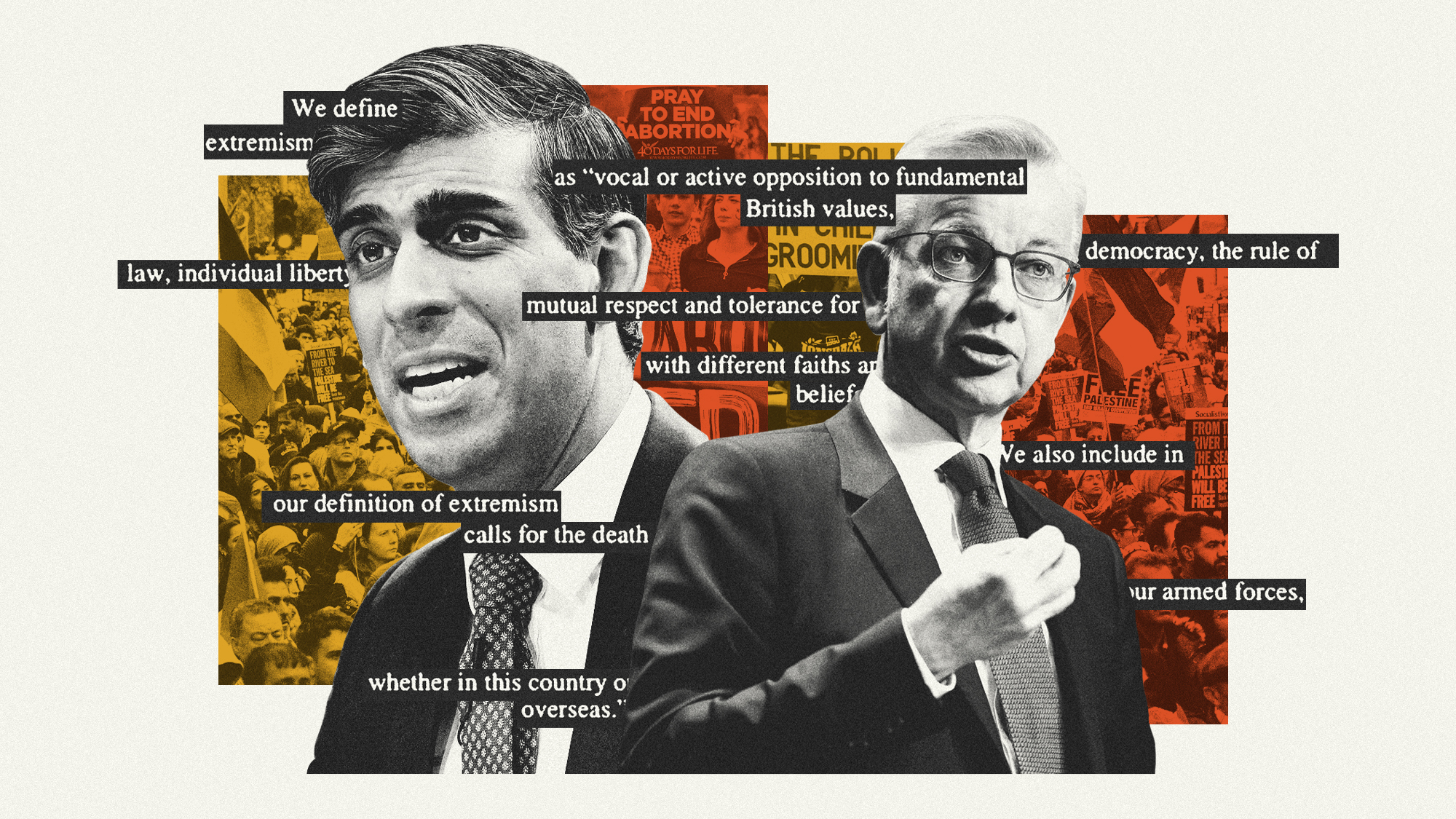 What is the new definition of extremism?
What is the new definition of extremism?Today's Big Question Michael Gove on a mission to 'push for more stringent measures to tackle extremism in the UK'
-
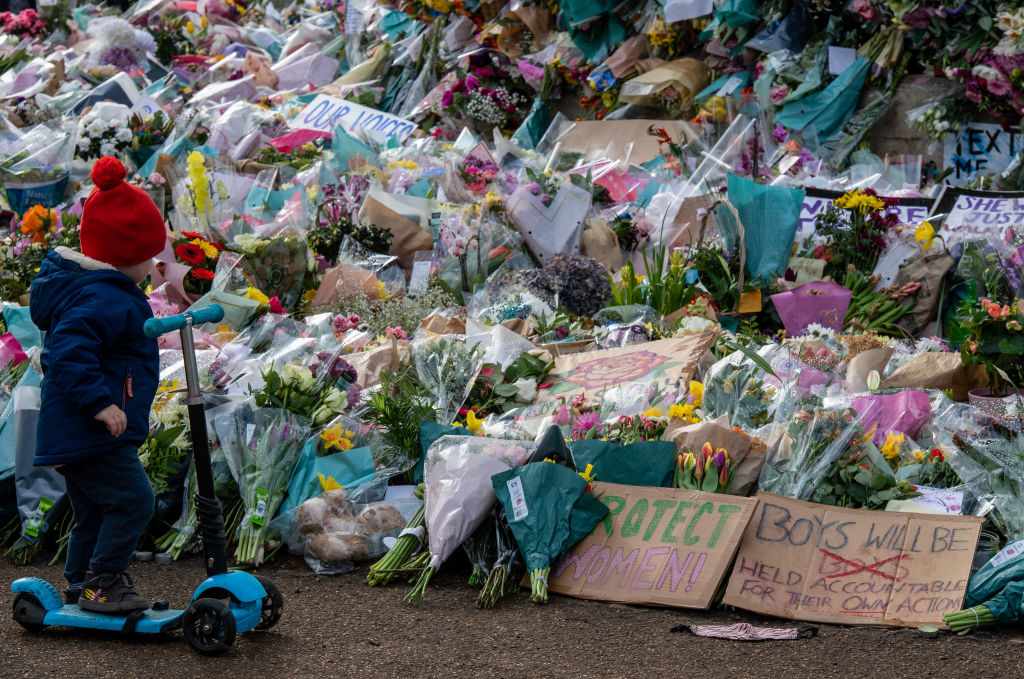 Sarah Everard: why indecent exposure is still not taken seriously
Sarah Everard: why indecent exposure is still not taken seriouslyfeature Wayne Couzens kidnapped and murdered the 33-year-old just days after reportedly exposing himself to other women
-
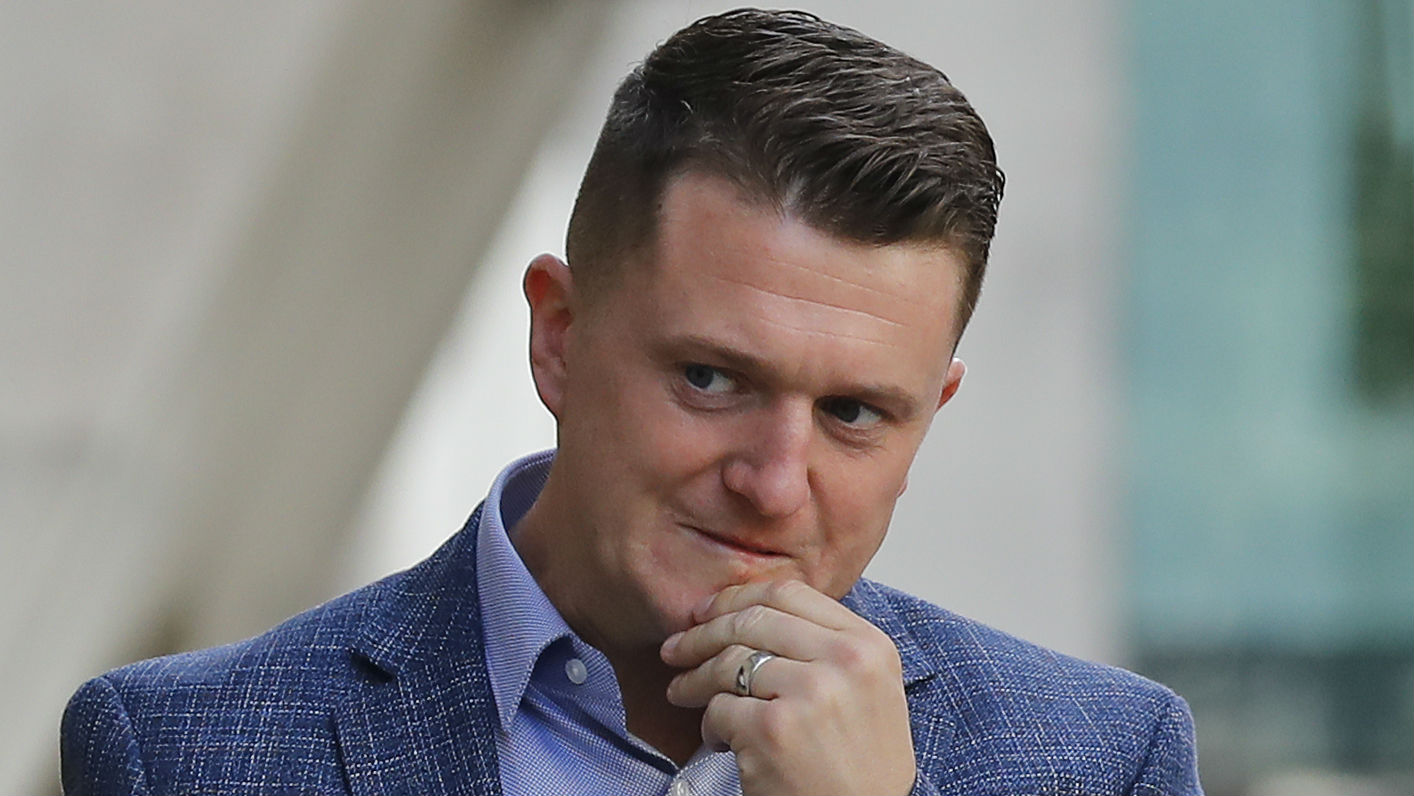 Tommy Robinson arrested at Center Parcs over assault
Tommy Robinson arrested at Center Parcs over assaultSpeed Read The Sun claims police were called to holiday resort in Bedfordshire on Sunday
-
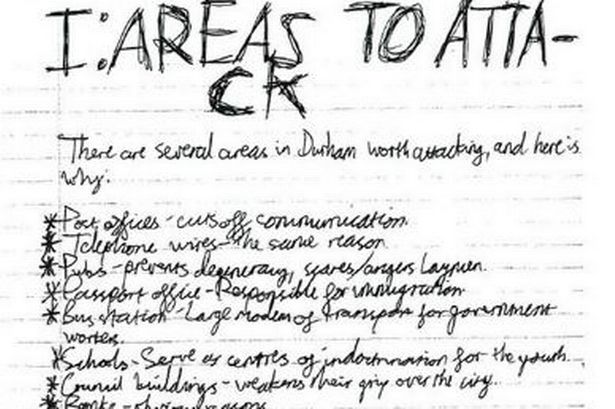 Is Britain experiencing a rise in neo-Nazism?
Is Britain experiencing a rise in neo-Nazism?In Depth Durham teenager arrested for planning attacks on public sites including synagogues
-
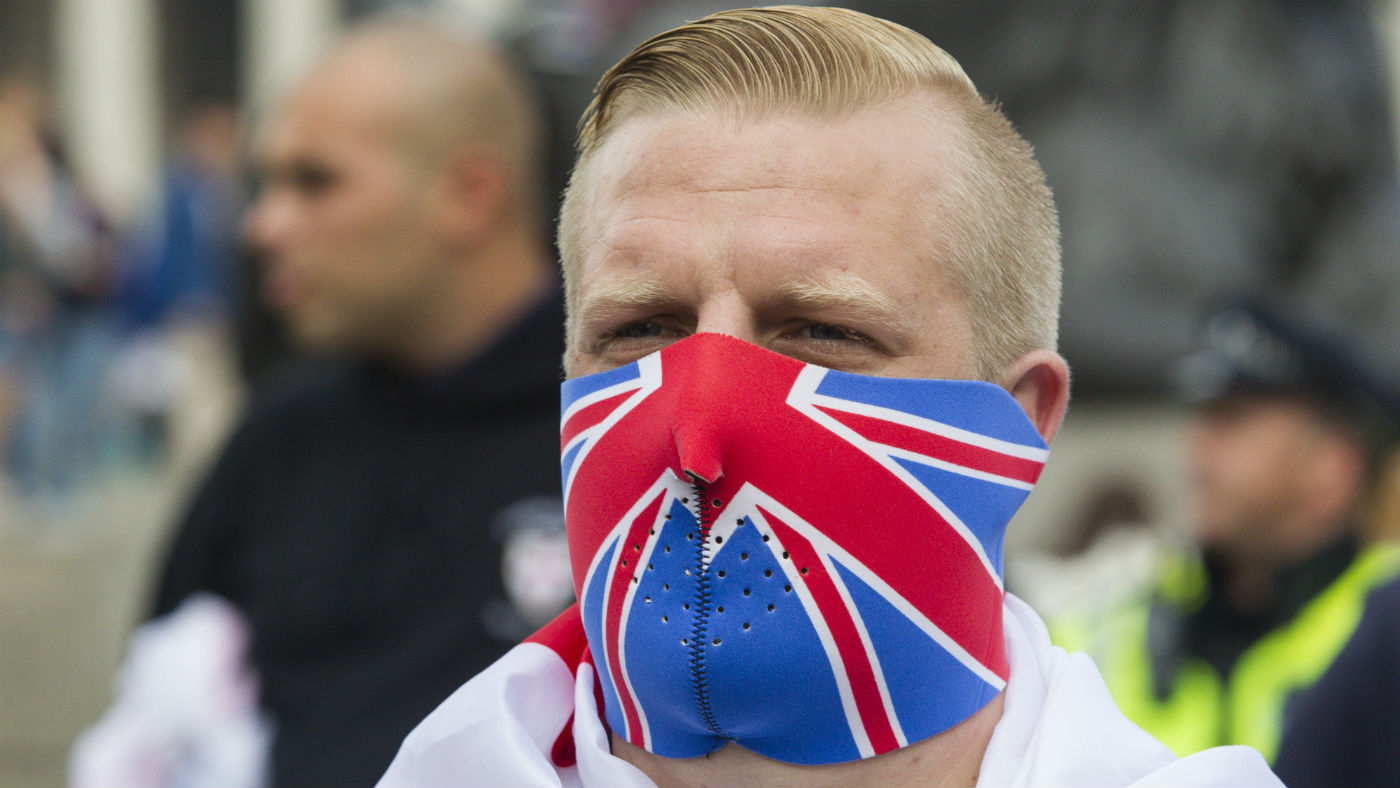 White Brits ‘twice as likely to hold extreme views’ as British Pakistanis, survey finds
White Brits ‘twice as likely to hold extreme views’ as British Pakistanis, survey findsIn Depth New research also shows higher proportion of Muslims than Christians condemn extremist statements
-
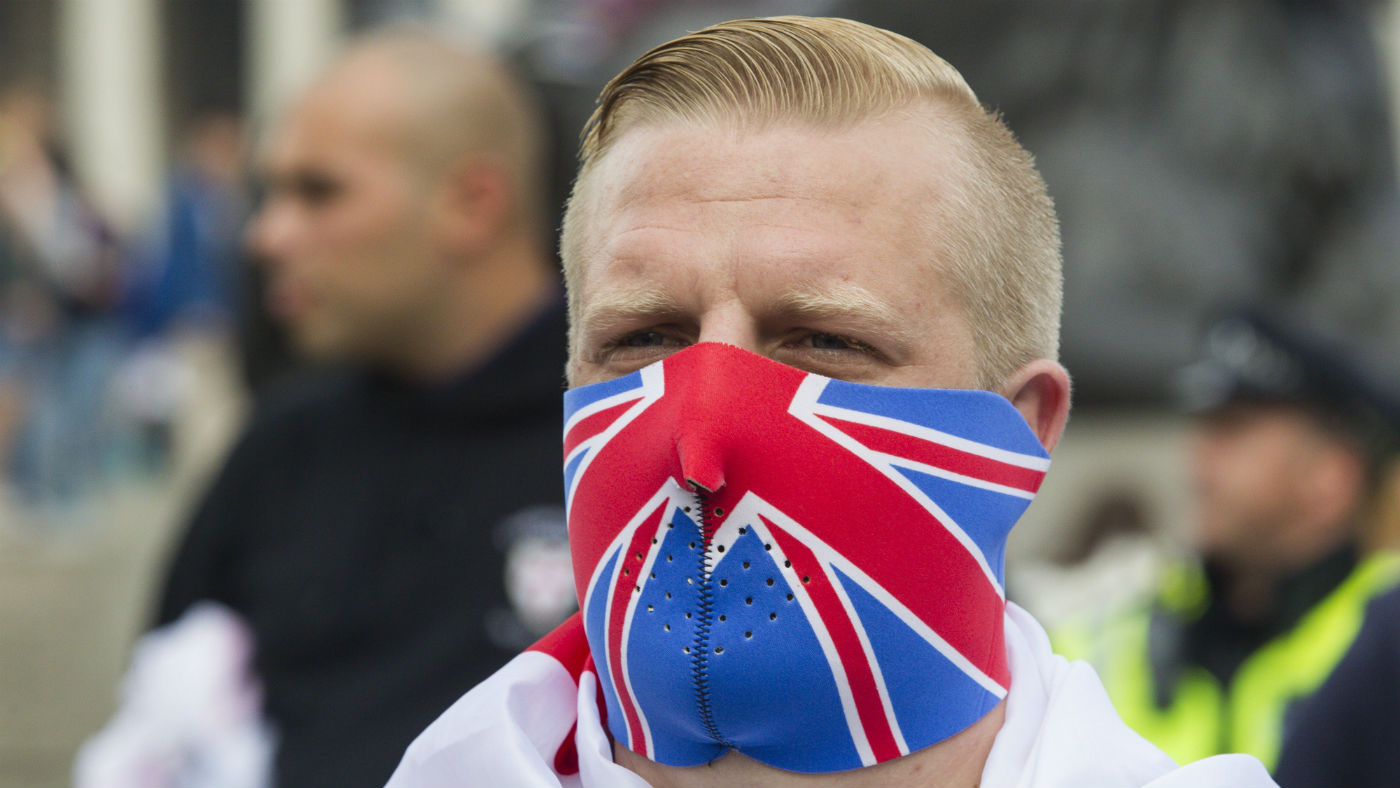 Why does the far-right pose such a threat in Europe?
Why does the far-right pose such a threat in Europe?Speed Read Deadly gun attack in Germany described as a ‘wake-up call’ for continent
-
 Vast majority of deradicalisation programmes ‘ineffective’
Vast majority of deradicalisation programmes ‘ineffective’Speed Read Damning Home Office report raises serious questions about flagship Prevent
-
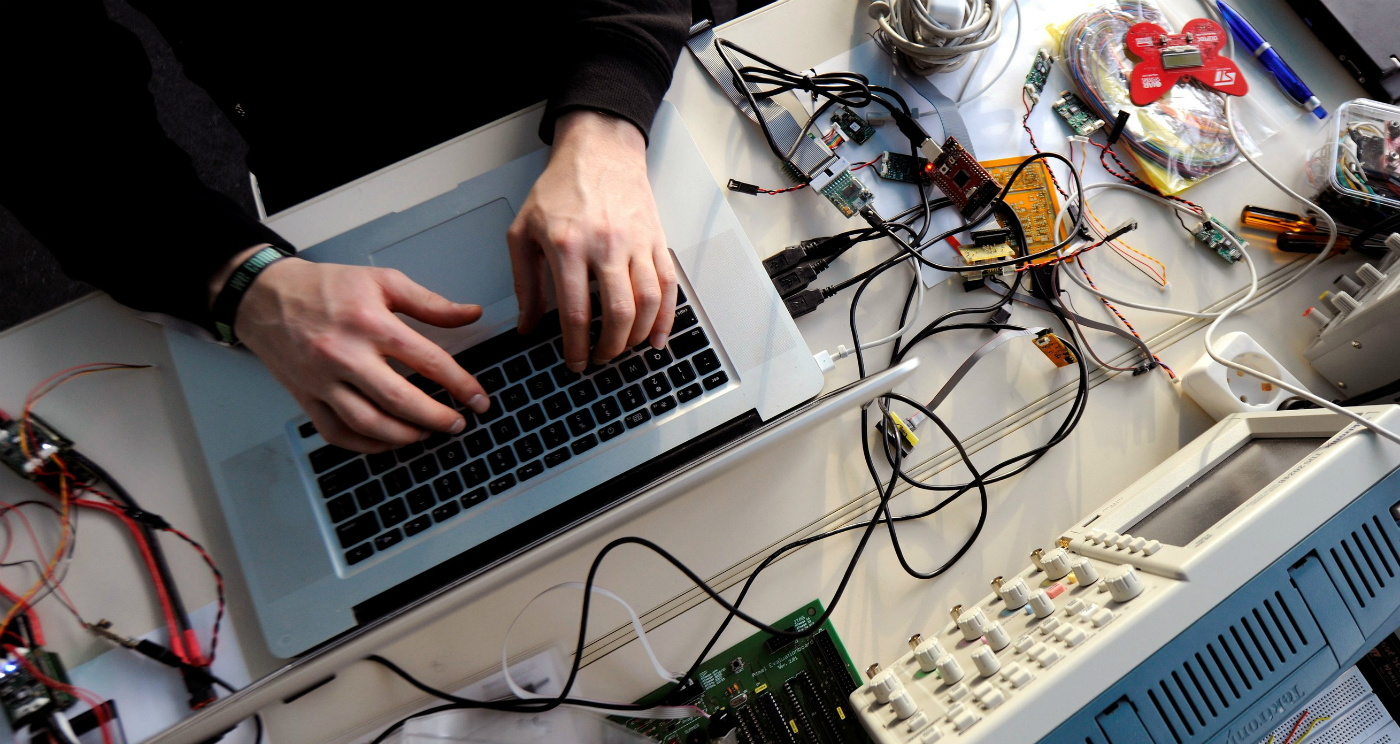 What is an incel?
What is an incel?In Depth Jake Davison’s deadly shooting has prompted debate over whether it should be declared a terrorist attack